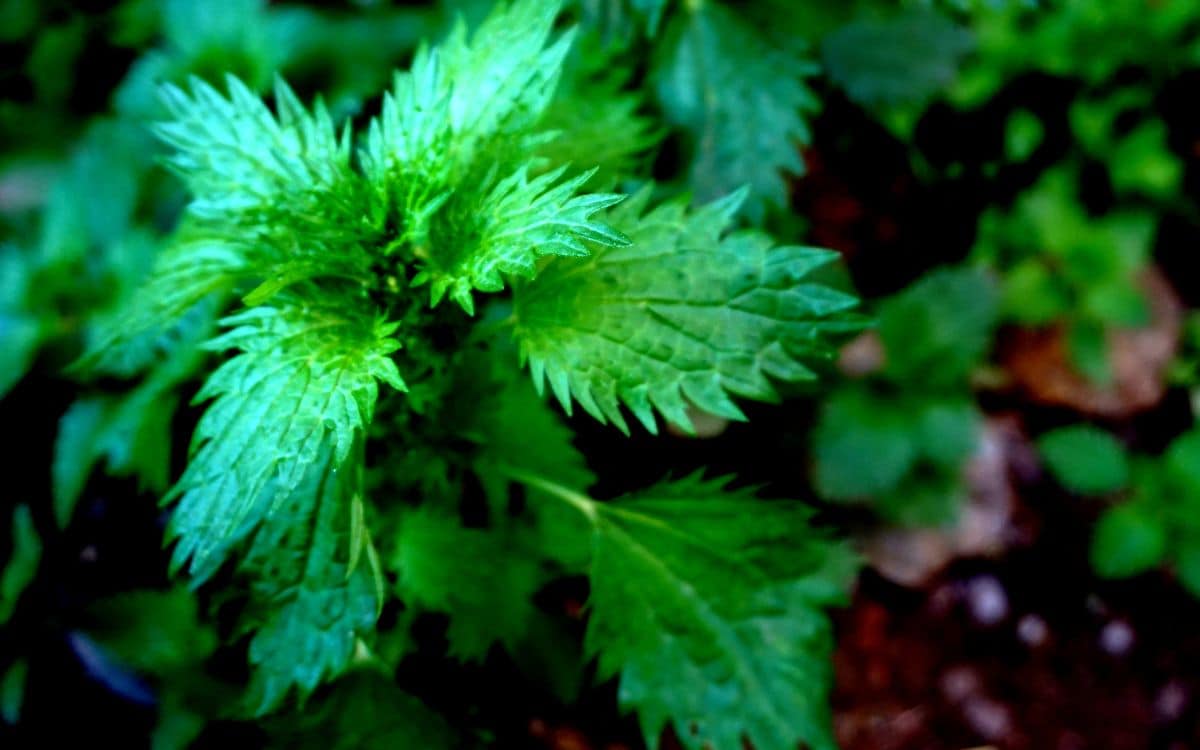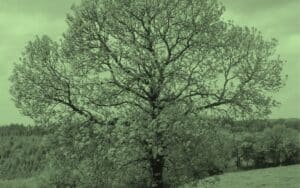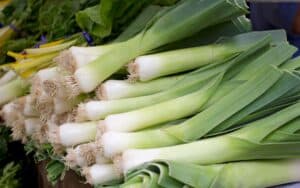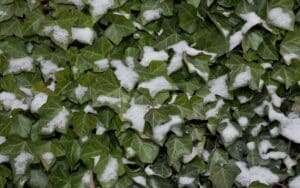Stinging Nettles are deeply rooted in British folklore, with many superstitions and uses, ranging from protection against evil spirits and good luck charms to medicinal properties and love potions. Here are 10 things you didn’t know about the plant.
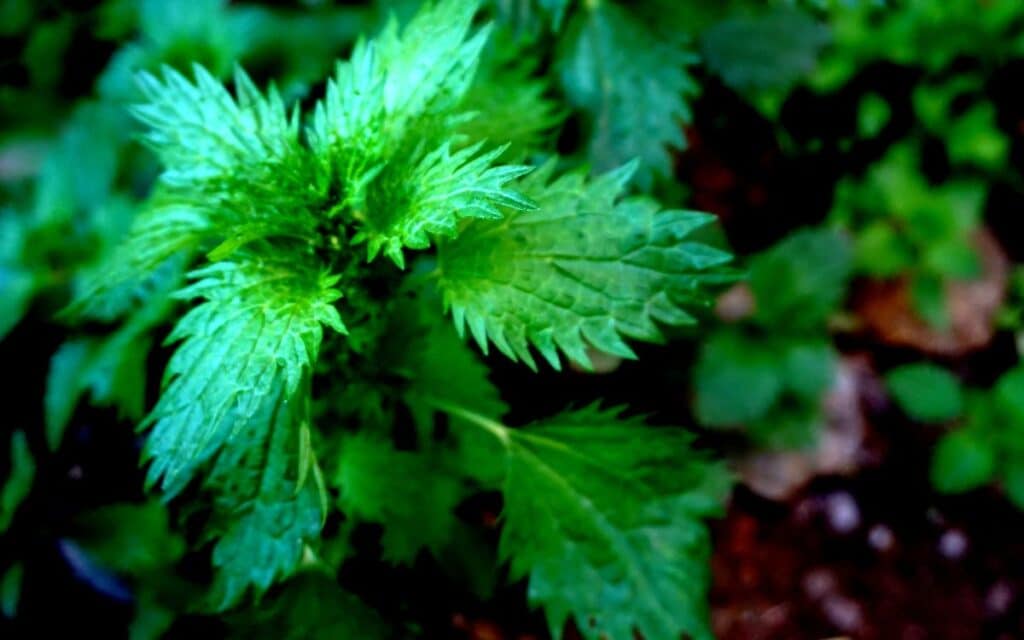
Nettles are these plants that can really pack a punch! They’re also known as stinging nettles and they include varieties like common nettle and garden nettle. Originally from the colder parts of northern Europe and Asia, they’ve spread all over the world now. They like to grow in soil that’s high in nitrogen and bloom from June to September. They usually get to be about 2 to 4 feet tall.
One of the things that makes nettles special is that they have these upright, rigid stems with heart-shaped leaves that are finely toothed and come to a point. The flowers are either yellow or pink and the whole plant is covered in tiny, stiff hairs. But beware – those little hairs can cause a painful, itchy sting if you touch them! So, be careful around nettles, but they can also be pretty cool to look at.
Things you didn’t know about Nettle Superstitions and Folklore
- Folklore Beliefs: According to British folklore, nettle picked on a Saturday would lose its medicinal properties and holding a nettle leaf in the mouth would cure toothache. Nettle was also believed to break spells and curses and used in protective charms.
- Attracting Money and Love: In Scotland, carrying nettle in the pocket was believed to attract money and good fortune, while in some parts of Europe, women believed that carrying nettle would attract a lover.
- Rain-making and Hair Growth: Nettle was thought to have the power to bring rain and it was used in rain-making ceremonies in some cultures. In addition, brushing hair with a bunch of nettle was believed to make it grow faster and stronger.
- Folk Remedies: Nettle has a long history of use in traditional medicine for its anti-inflammatory, analgesic and diuretic properties. It was used to treat a range of ailments, including arthritis, rheumatism, allergies and urinary tract infections.
- Fertility Aid: Nettle was believed to promote fertility and was used to increase the chances of conception.
- Divination: Nettle leaves were used in divination rituals to gain insight into the future.
- Love Potion: Nettle was believed to have aphrodisiac properties and was used in love potions and spells.
- Protection for Livestock: Farmers would use nettle to protect their livestock from evil spirits and to promote good health.
- Cleansing: Nettle was used to cleanse and purify the body, mind and spirit.
- Food and Drink: Nettle has been used as a food and drink ingredient in British cuisine for centuries, including nettle soup, nettle tea and nettle beer.
What to do if you are stung by a stinging nettle
If you accidentally touch or brush against a stinging nettle and get stung, there are a few things you can do to ease the discomfort:
- Wash the affected area with soap and water to remove any nettle hairs that may be left on your skin.
- Apply a cold compress or ice pack to the affected area to reduce swelling and pain.
- Apply a topical cream or lotion that contains ingredients such as hydrocortisone, calamine, or aloe vera to soothe the skin.
- Take an over-the-counter pain reliever such as ibuprofen or acetaminophen to relieve pain and reduce inflammation.
- Drink plenty of fluids to help flush out any toxins that may have entered your body.
- If you experience a severe allergic reaction, such as difficulty breathing or swelling of the throat or tongue, seek medical attention immediately.
Ironically, one natural cure for stinging nettles is to use another plant commonly found nearby: the dock plant. The dock plant can be recognised by its long, broad leaves and it often grows near stinging nettles.
To use dock plant as a natural cure for stinging nettles, follow these steps:
- Identify a dock plant and pluck a leaf from it.
- Roll the dock leaf between your fingers to bruise it slightly.
- Rub the bruised dock leaf on the affected area of your skin in a circular motion.
- Continue rubbing for several minutes, or until the stinging sensation subsides.
- Repeat the process as needed.
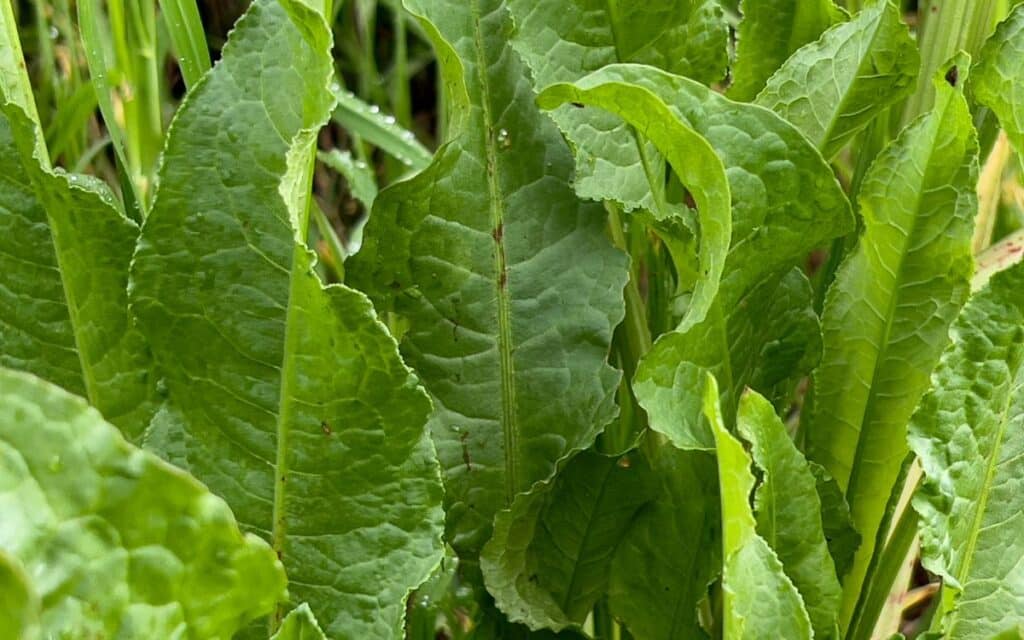
The dock plant contains compounds that can neutralize the stinging chemicals found in stinging nettles, providing relief from the pain and itching caused by a nettle sting. It’s always a good idea to carry a dock leaf with you when you’re walking in areas where stinging nettles are present, just in case you accidentally brush against one.
Prevention is always the best cure, so be sure to wear protective clothing, such as long sleeves and pants, when working or walking in areas where stinging nettles are present.
How to make Nettle Tea
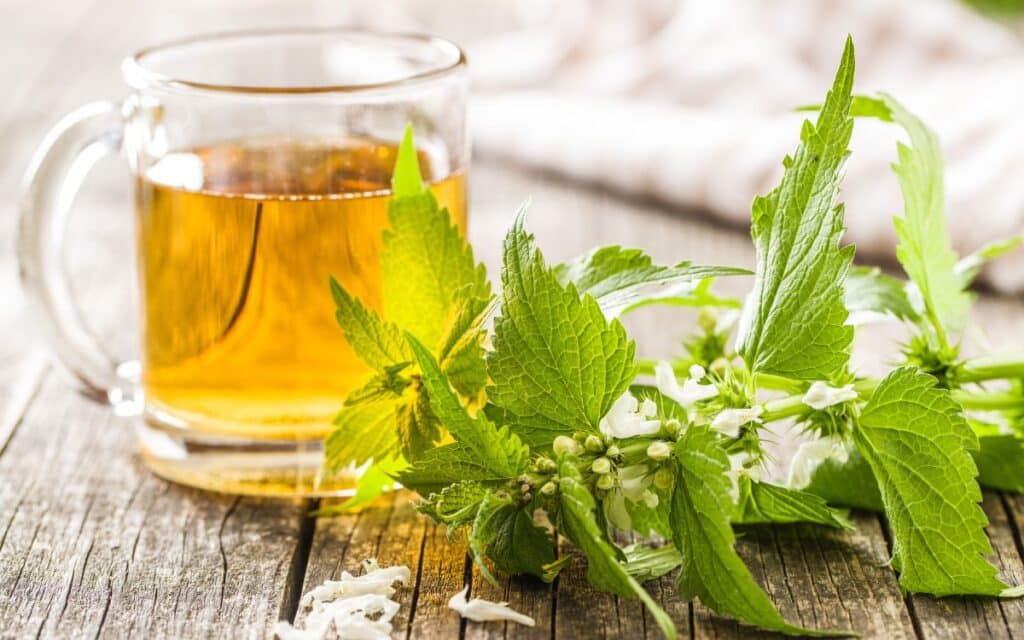
To make nettle tea, you’ll need the following ingredients:
- 1 cup of fresh nettle leaves or 1 tablespoon of dried nettle leaves
- 2 cups of water
- Honey or lemon (optional)
Instructions
- If using fresh nettle leaves, wash them thoroughly and remove any stems.
- Boil 2 cups of water in a pot.
- Add the nettle leaves to the boiling water.
- Reduce the heat and let the leaves steep for 5-10 minutes.
- Strain the tea into a cup.
- Add honey or lemon to taste (if desired).
Enjoy your delicious and healthy cup of nettle tea!
How do you like to use stinging nettles? Tell us in the comments below!

